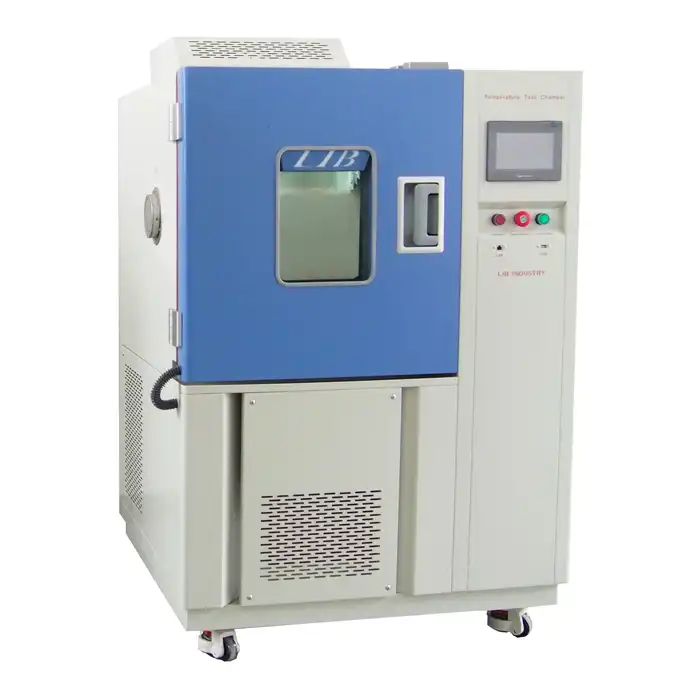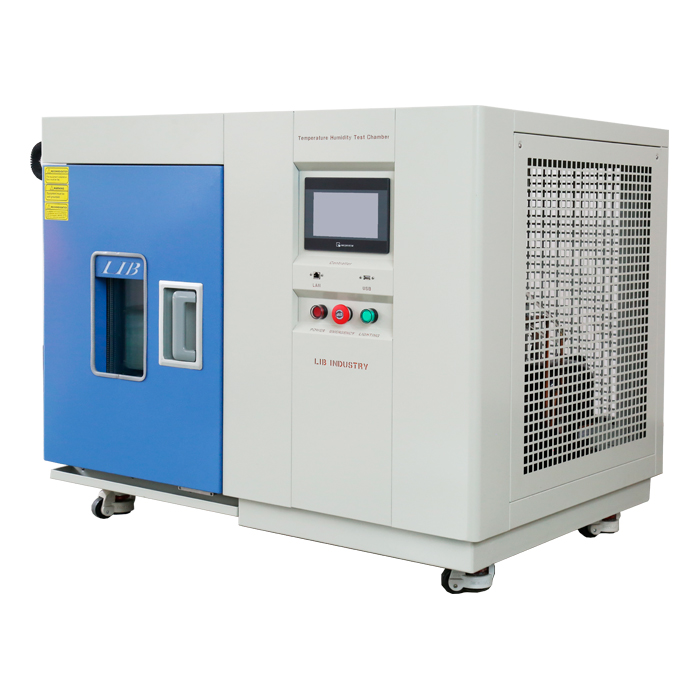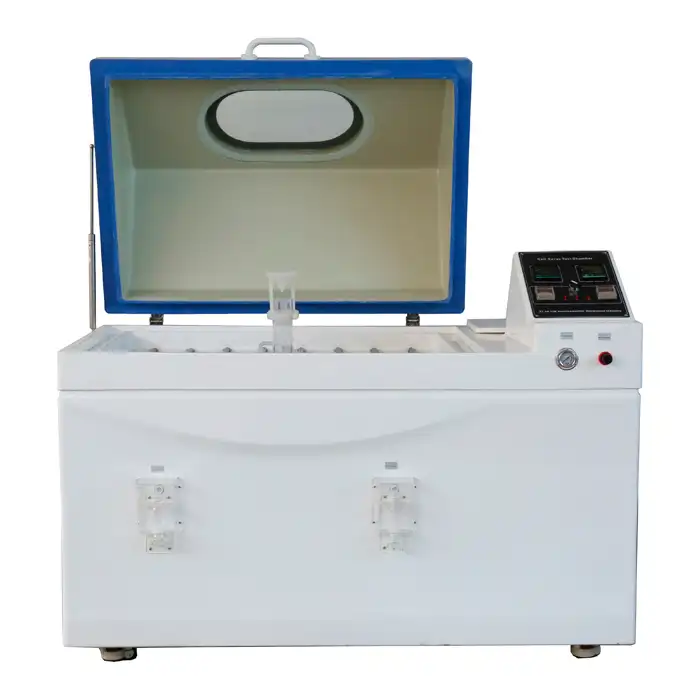IPX3 X4 Testing for Electronics: Protecting Sensitive Components
In today's electronics industry, ensuring that devices are protected from water exposure is crucial. IPX3 X4 test chamber offers a reliable solution, safeguarding sensitive components from moisture damage.
The Vulnerability of Electronics: Why Ingress Protection is Essential
Electronic devices are inherently vulnerable to water and moisture. Even minimal exposure to water can lead to corrosion, short circuits, or irreversible damage to vital components. This is why ingress protection (IP) is critical for manufacturers of electronics. IPX3 and IPX4 ratings specifically focus on protecting devices from water spray, ensuring that they continue to function reliably in environments where moisture is present. For manufacturers producing consumer electronics, medical devices, or industrial equipment, meeting these protection standards is essential for long-term product reliability and customer safety.
IPX3 X4 Demystified: Understanding the Specific Water Exposure Scenarios
IPX3 and IPX4 ratings cover two different levels of water ingress protection, both crucial in real-world applications. IPX3 guarantees protection against water sprayed at any angle up to 60 degrees from vertical for a duration of at least 10 minutes. This simulates conditions such as light rain or accidental water exposure. On the other hand, IPX4 provides protection from water splashes from all directions, making it suitable for more demanding environments where devices are exposed to heavier splashing from various angles.
For manufacturers, understanding these distinctions is key. IPX3 is typically sufficient for electronics used indoors or in semi-protected environments, while IPX4 is often required for devices used outdoors or in industrial settings. By testing in an IPX3 X4 test chamber, manufacturers can ensure that their products meet the necessary standards to withstand water exposure and continue to function optimally.
How Spray Nozzles and Oscillating Tubes Ensure Consistent Water Application?
IPX3 X4 test chambers are designed to replicate water exposure scenarios with precision. At the heart of these chambers are spray nozzles and oscillating tubes, which simulate rain or splashing water in a controlled environment. Spray nozzles are calibrated to emit water droplets at specific pressure and flow rates, ensuring that the device under test is exposed to water in a manner that mimics real-world conditions.
Oscillating tubes, on the other hand, are used for larger devices or components. These tubes move back and forth, simulating splashes from various angles and ensuring that every part of the device is subjected to consistent water exposure. This method of testing is critical for ensuring that no part of the device is left untested or vulnerable to water ingress.
The precision of these tools ensures that manufacturers receive accurate and reliable results, allowing them to confidently market their products as water-resistant or waterproof. Additionally, the data gathered from these tests can help manufacturers identify weak points in their designs and make necessary improvements to enhance water resistance.
Preventing Corrosion and Short Circuits: The Long-Term Benefits of Waterproof Electronics
Waterproofing electronics goes beyond preventing immediate failure from water exposure. Long-term benefits include preventing corrosion, which can occur when water seeps into joints, connectors, or exposed metal parts. Corrosion can degrade electrical connections over time, leading to intermittent faults, reduced device lifespan, or total failure.
Furthermore, waterproof electronics significantly reduce the risk of short circuits. When water penetrates an electronic device, it can create unintended electrical pathways, causing the device to malfunction or become damaged. Short circuits can lead to overheating or even fire hazards in some cases.
By using an IPX3 X4 test chamber during the development process, manufacturers can ensure that their products are protected from these long-term risks. Waterproofing measures not only increase the lifespan of electronics but also improve user safety and reduce warranty claims, making it a crucial investment for companies that want to deliver high-quality, reliable products to their customers.
Real-World Examples of Successful IPX3/X4 Testing in the Electronics Industry
Several industry leaders have successfully implemented IPX3 and IPX4 testing to ensure the reliability of their products. For example, a prominent smartphone manufacturer used IPX4 testing to certify its devices for outdoor use, ensuring they could withstand rain and splashes, which are common for users on the go. As a result, their devices gained a reputation for durability, leading to increased customer satisfaction and reduced return rates.
Another case involves a manufacturer of industrial control panels. These panels are often used in environments where water splashes are inevitable, such as factories or outdoor installations. Through rigorous IPX3 and IPX4 testing, the company ensured that their control panels could withstand exposure to water without compromising their functionality, significantly reducing the likelihood of operational downtime.
| Spraying Hole Diameter: φ0.4 mm Hole Spacing: 50 mm Swing Angle of Oscillating Tube: 0 ~ ±180° (Adjustable) Turntable Rotation Speed: 1r/min (Adjustable speed) Water Pressure Control: Flow meter Controller: Programmable color LCD touch screen controller, Ethernet connection Water supply system: Water tank, booster pump, Automatic water supply, Water purification system |
At LIB Industry, we specialize in providing turn-key solutions for environmental testing, including IPX3 X4 test chambers. Our comprehensive services ensure that your products meet international water ingress protection standards, safeguarding your electronics from water damage. To learn more about our solutions or to discuss your specific testing requirements, contact us today at ellen@lib-industry.com.
References
1. ISO/IEC 60529: Degrees of Protection Provided by Enclosures (IP Code)
2. IEC 60068-2 Environmental Testing: Part 18 - Water immersion and spray tests
3. Smith, J. (2020). "Ingress Protection: Ensuring Longevity of Electronic Devices." Journal of Electronics Manufacturing
4. Williams, T. (2021). "Waterproofing Electronics: The Science Behind IPX3 and IPX4 Ratings." Industrial Electronics Review




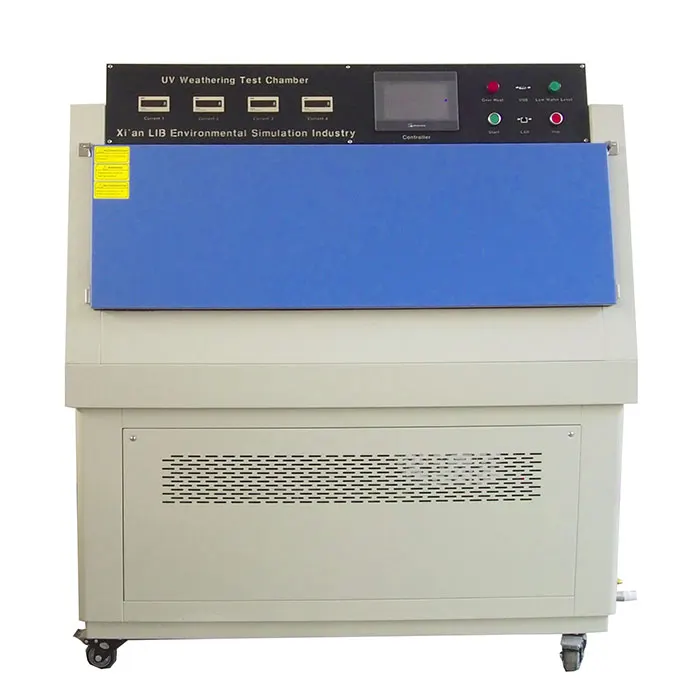
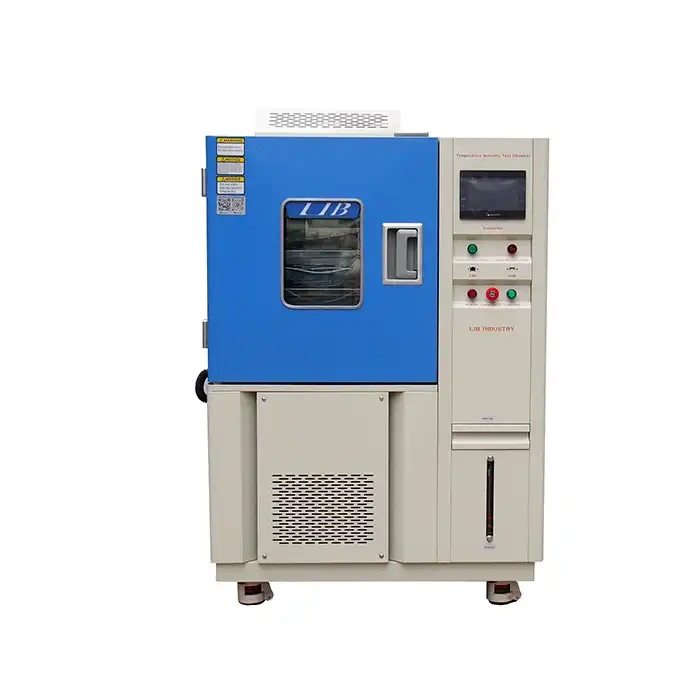
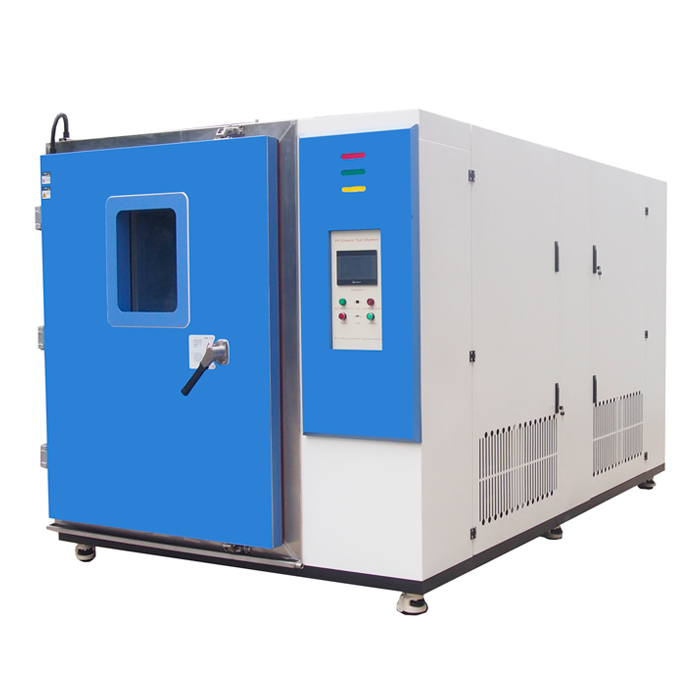
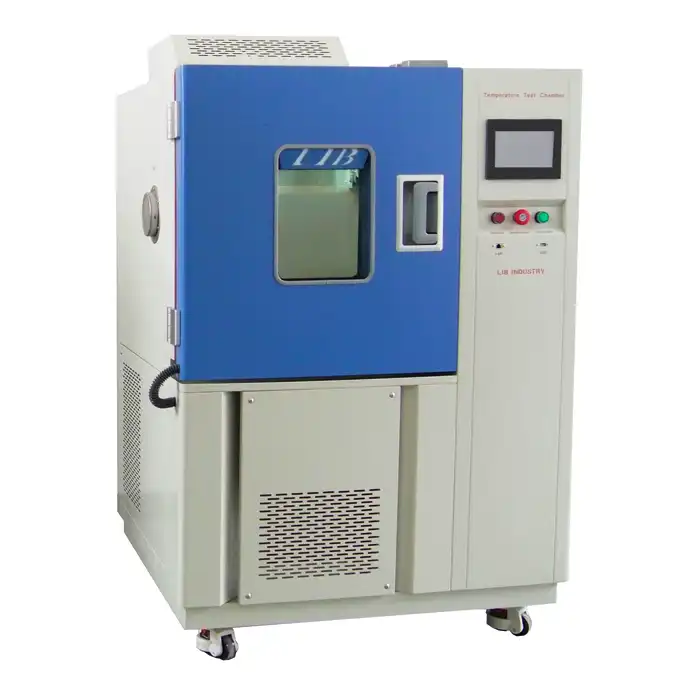
.webq.jpg)
